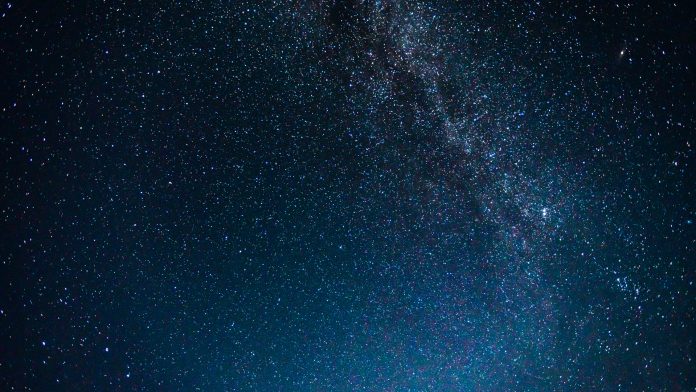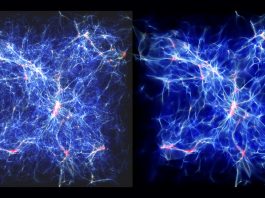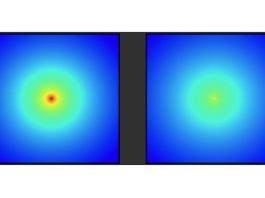Determining how rapidly the Universe is expanding is key to understanding our cosmic fate, however, estimates based on measurements within our local Universe don’t agree with extrapolations from the era shortly after the Big Bang 13.8 billion years ago.
A new estimate of the local expansion rate, measured with the Hubble constant, reinforces that discrepancy. Using a relatively new and potentially more precise technique for measuring cosmic distances, which employs the average stellar brightness within giant elliptical galaxies, astronomers calculate that the Universe is expanding at approximately 73.3 kilometres per second per megaparsec. This estimate lies in the middle of three other good estimates, including estimates from Type Ia supernovae. This means that for every megaparsec – 3.3 million light years – from Earth, the Universe is expanding an extra 73.3 ±2.5 kilometres per second. The average from the three other techniques is 73.5 ±1.4 km/sec/Mpc.
Estimates of the local expansion rate based on fluctuations in the cosmic microwave background and in the density of normal matter in the early Universe (baryon acoustic oscillations), give a very different result: 67.4 ±0.5 km/sec/Mpc.
Astronomers are concerned about this conflicting data because the expansion rate is a critical parameter in understanding the physics and evolution of the Universe and is key to understanding dark energy – which accelerates the rate of expansion of the Universe and thus causes the Hubble constant to change more rapidly than expected with increasing distance from Earth. Dark energy comprises approximately two-thirds of the mass and energy in the Universe, however, its true nature is still a mystery.
New measurements of Universe expansion
For the new estimate, astronomers measured fluctuations in the surface brightness of 63 giant elliptical galaxies to determine the distance and plotted distance against velocity for each to obtain the Hubble constant. The surface brightness fluctuation (SBF) technique is independent of other techniques and has the potential to provide more precise distance estimates than other methods within about 100 Mpc of Earth, or 330 million light years. The 63 galaxies in the sample are at distances ranging from 15 to 99 Mpc, looking back in time a mere fraction of the age of the Universe.
Cosmologist Chung-Pei Ma, the Judy Chandler Webb Professor in the Physical Sciences at the University of California, Berkeley, and professor of astronomy and physics, said: “For measuring distances to galaxies out to 100 megaparsecs, this is a fantastic method. This is the first paper that assembles a large, homogeneous set of data, on 63 galaxies, for the goal of studying Hubble constant using the SBF method.”
Previous Hubble constant measurement
The best current estimate of Hubble constant comes from distances determined by Type Ia supernova explosions in distant galaxies, though newer methods all give around the same number.
The technique using SBF is one of the newest and relies on the fact that giant elliptical galaxies are old and have a consistent population of old stars, mostly red giant stars, that can be modelled to give an average infrared brightness across their surface. The researchers obtained high-resolution infrared images of each galaxy with the Wide Field Camera 3 on the Hubble Space Telescope and determined how much each pixel in the image differed from the average.
The research team from this new study were not surprised that the expansion rate came out close to that of the other local measurements. But they said that they are equally confounded by the conflict with estimates from the early Universe – a conflict that many astronomers say means that our current cosmological theories are wrong, or at least incomplete.









